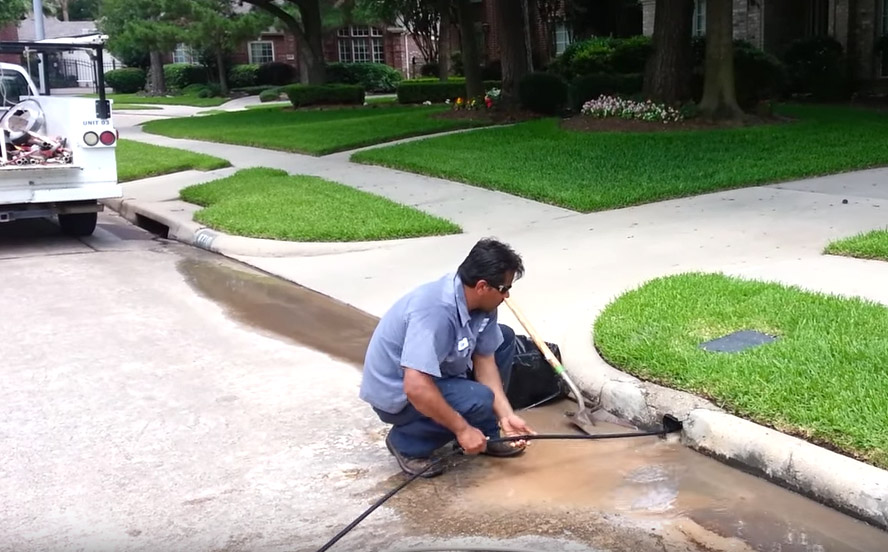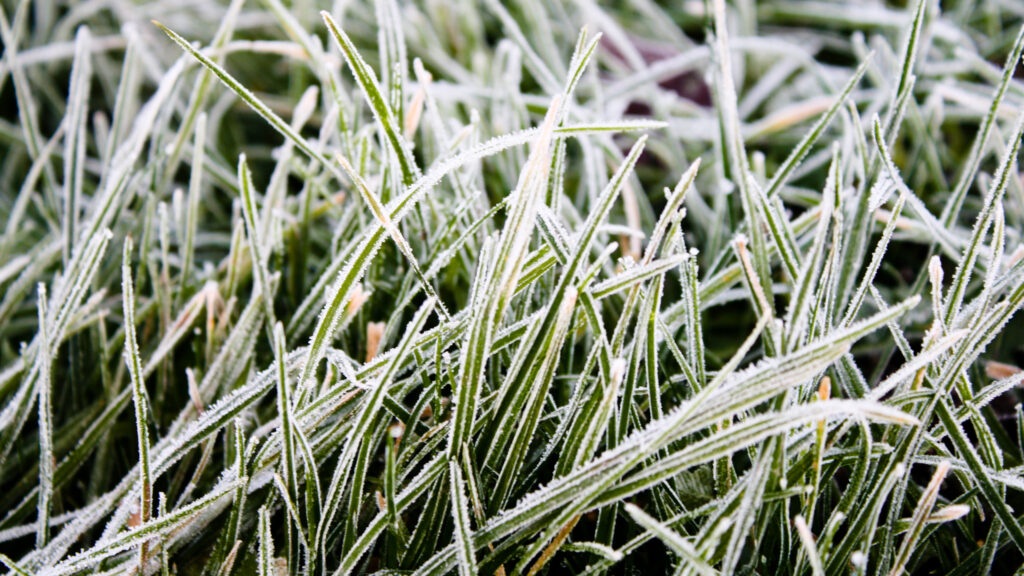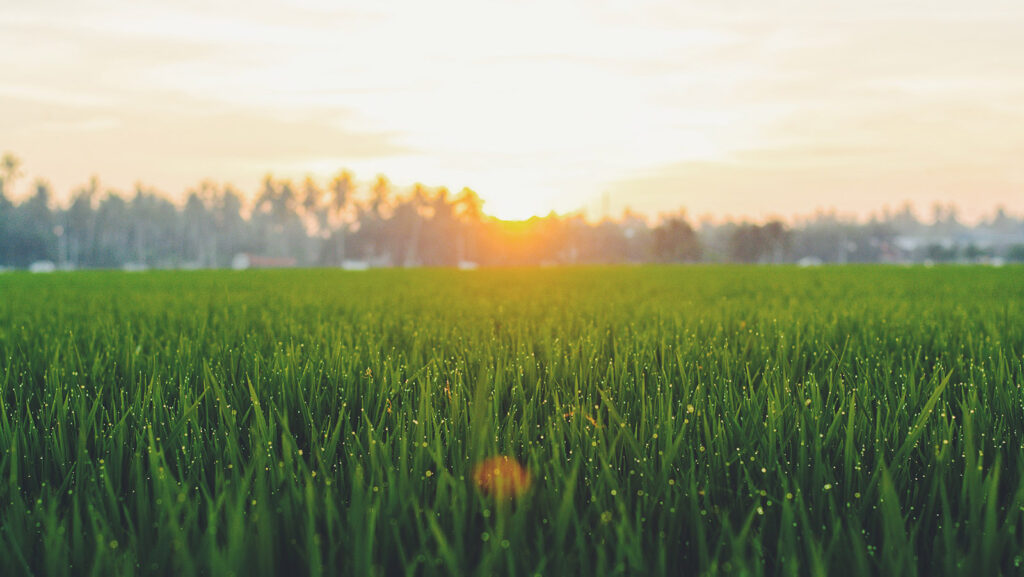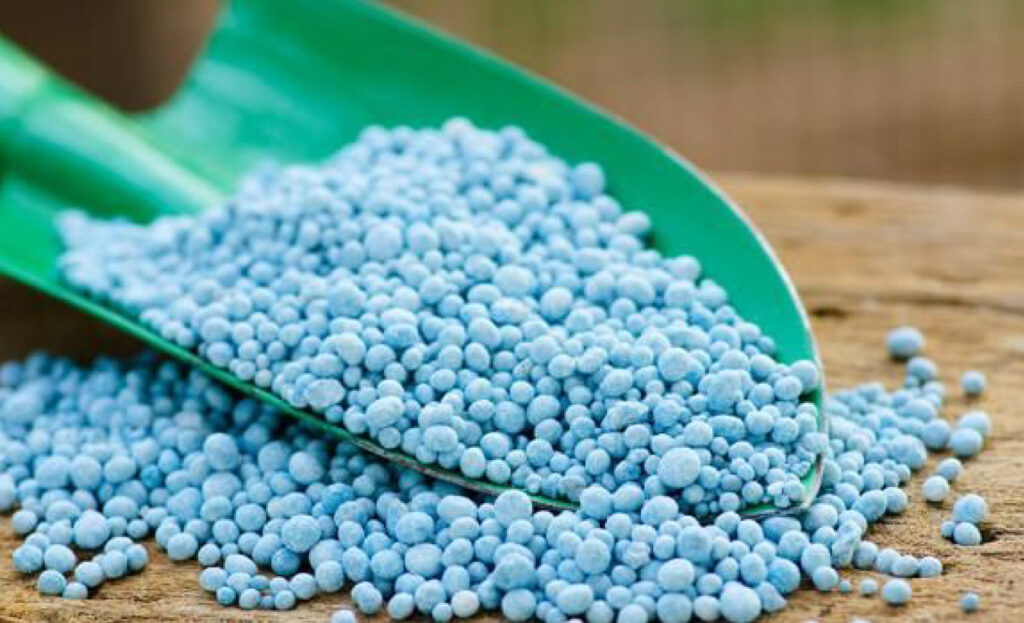Correcting Yard And Foundation Drainage
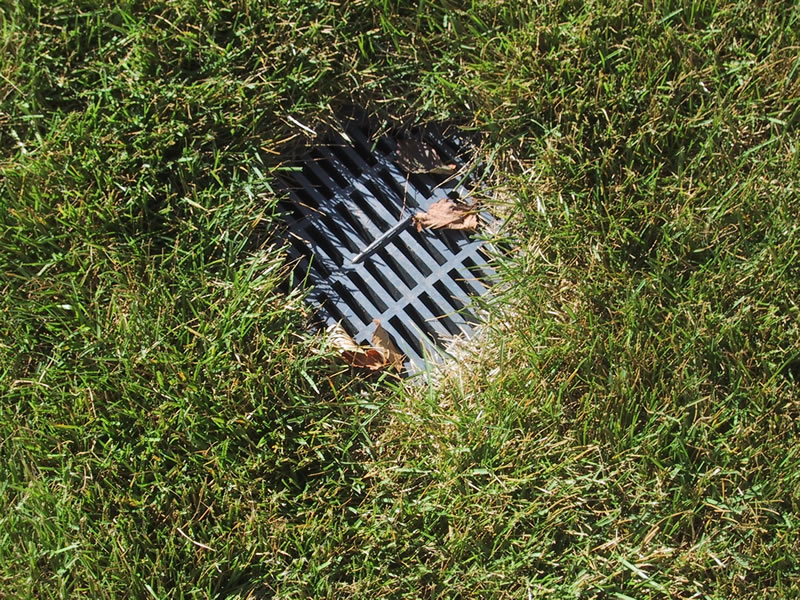
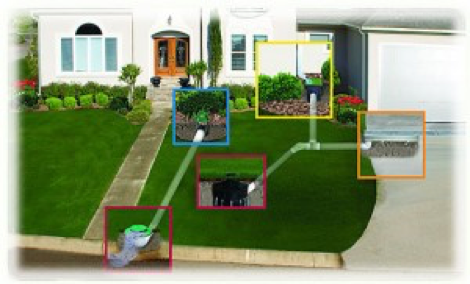
Improving the drainage outside your home will yield long-lasting benefits.
Failure to correct inadequate drainage could lead to disastrous consequences ranging from drowned plants to structural damage.
Water is the major cause of structural problems in a home, such as decayed wood, fungus growth, and settling or upheaval of the foundation.
Provide drainage with surface ditches or underground pipes.
Most underground drainage systems consists of continuous lengths of corrugated pipes, flexible polyethylene pipe or 10- and 20-foot sections of poly vinyl chloride (PVC) rigid pipe (recommended) joined by fittings. Clay tile and bituminous fiber pipe are less common.
Perforated pipe collects subsurface water in the uphill portions of the system. Solid pipes connect to the perforated pipes and carry water to the discharge point.
Yard Drainage
If natural surface drainage is inadequate, or if the water table is very high, drain low spots with a system of buried pipes.
If the source of the water is a slope, place an underground interceptor line across the base of the slope to collect the water.
Divert the water around and away from the house. If the water is concentrated in one spot, such as a low area in the yard or concrete patio, install a small catch basin at that point and run a drain line.
To plan a drain line, first determine where you want to discharge the water. A street gutter, a drainage ditch, and a swell are potential discharge sites. Do not discharge water onto your neighbor’s property.
Lay the drain lines back from the outfall. If you have only one low spot, one line will do. Always install a cleanout point in the high end of the system. In most cases, this is achieved with a catch basin. Cleanouts work best with smooth-walled pipe; ribbed pipe may be damaged by cleaning tools.
Related Articles
Do You Have Slow Or Clogged Yard Drains? Here’s How To Fix Them.
Yard drains and driveway drains help remove rainwater from your property into the storm sewer or other…
Sprinkler Freeze Alert For The Houston Area
The temperature is expected to plunge in the Houston area for most of this week. Starting on…
High Temperatures Expect Throughout The Week – It’s Time To Service Your Sprinkler System
The Houston area is expecting temperatures to rise to the mid-nineties throughout the week. Hight heat can…
How to Prevent Fertilizer Burn During the Summer
During the warm summer months, everyone wants to enjoy their lawns. Unfortunately, the summer heat can also…

